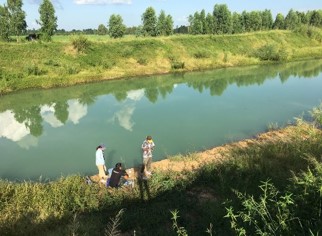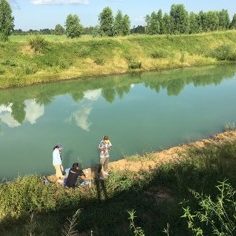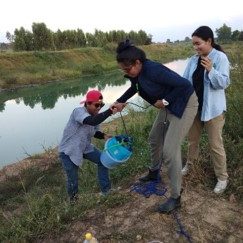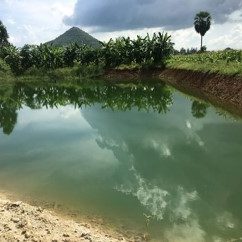Pond Management Model to Estimate Pond Design and its Operation: A case study of the Chao Phraya River Basin, Thailand
Highlights
- The combination of water requirements model, water budget model, and economic model has been established with designed operation rules based on monthly water demands and prevention against floods and droughts
- Appropriate pond designs and information are provided in consideration of local conditions
Researcher Name: Dr. Luksanaree Maneechot
Years of execution: 2020-2021
Funder Name: Research Center for Environmental Quality Management, Kyoto University
Objectives:
- To construct pond modelling in the combination of water requirement, water budget and economic models based on the CPRB characteristics and
- To provide information on pond designs and pond operations considering long-term impacts of climate change
Abstract
A specific pond capacity for the Pond Construction Project provided by the Thai government was planned and started in the Chao Phraya River Basin without considering the local conditions, water requirement, and overflow protection. This research aims to construct pond modelling based on those factors, provide pond information (designs, pond management, and the number of future ponds), and estimate the impacts on the flow regime. In the pond management model driven by water requirement, water budget and economic models, three classified types of ponds (public, private and future ponds) were simulated by different pond operation rules based on the monthly water demand and the flood and drought protection. The post-processing future climate data of the d4PDF model containing 1,800 years were proceeded to predict the daily pond inflow, release, and water level to estimate pond capacities. In the economic model, the cost-benefit ratio was used to optimize the numbers of future ponds. Future climate data were also included to consider long-term impacts. At greater than 80% of pond reliability, the minimum capacity of future ponds is suggested to be in the range of 1,000-3,000 m3 with a depth range of 2-4 m.





